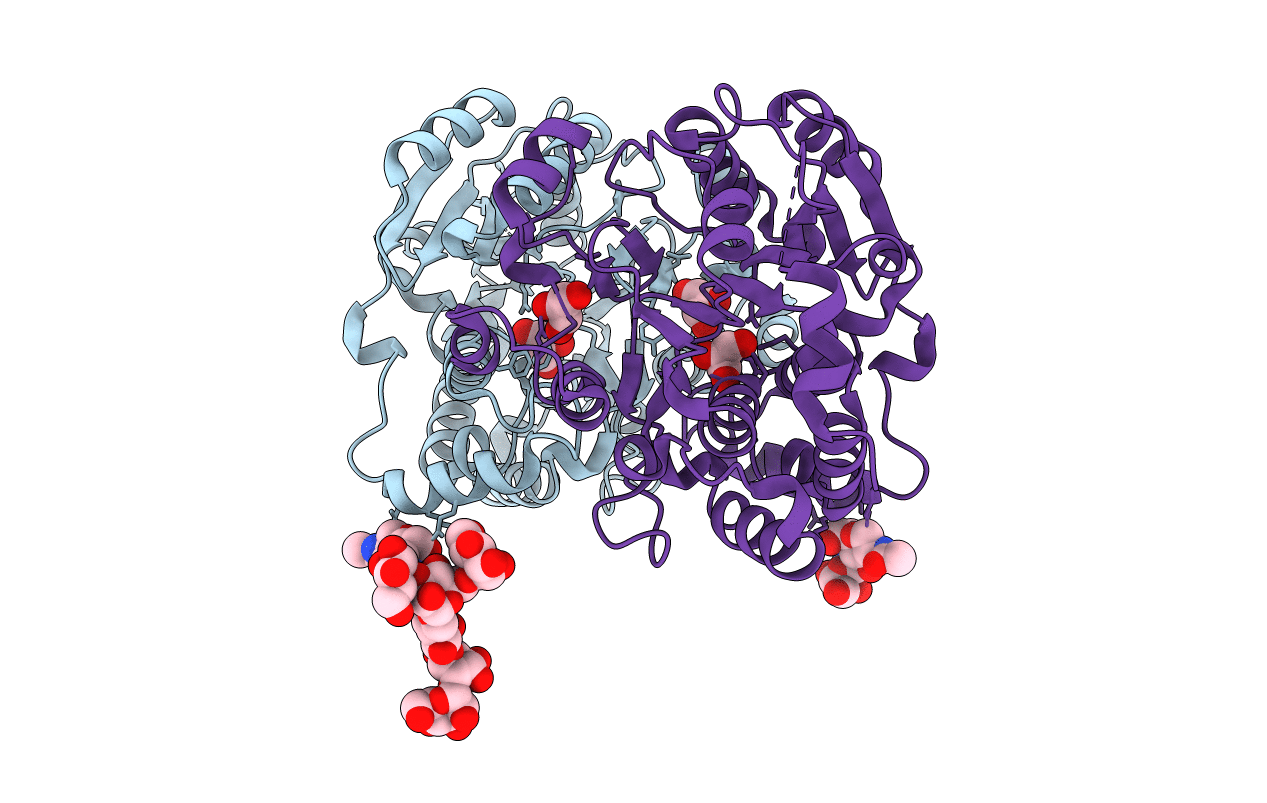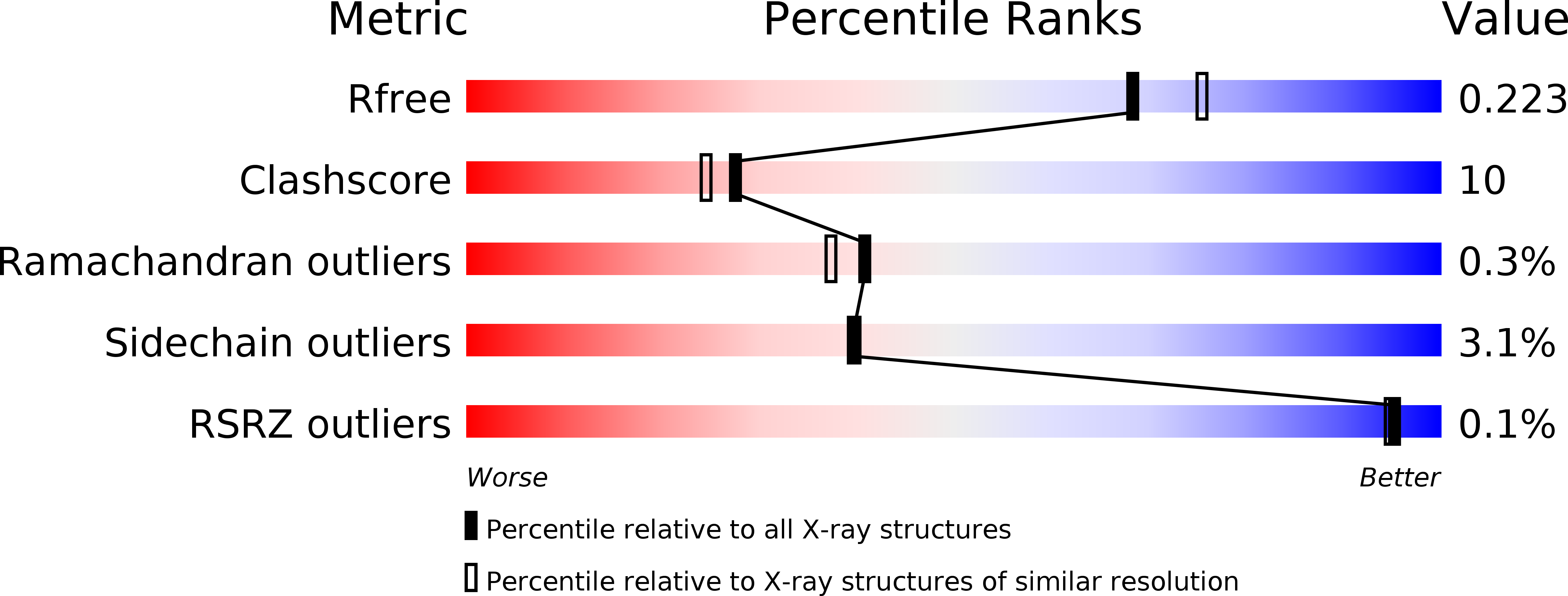
Deposition Date
2004-01-16
Release Date
2004-05-04
Last Version Date
2024-10-16
Entry Detail
PDB ID:
1S4N
Keywords:
Title:
Crystal structure of yeast alpha1,2-mannosyltransferase Kre2p/Mnt1p
Biological Source:
Source Organism:
Saccharomyces cerevisiae (Taxon ID: 4932)
Host Organism:
Method Details:
Experimental Method:
Resolution:
2.01 Å
R-Value Free:
0.23
R-Value Work:
0.18
R-Value Observed:
0.18
Space Group:
P 1 21 1


